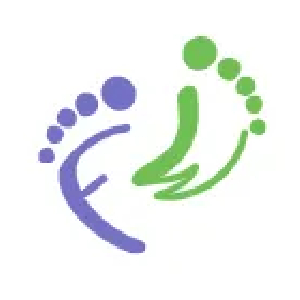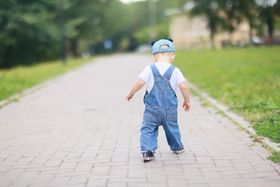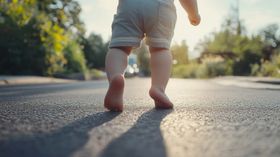Flat Feet Condition: Care, Support and Treatment
Flat feet condition in children requires proper care, support, and treatment to ensure healthy growth and development. Learn about effective ways to manage and support children with flat feet.
Published April 10, 2024.
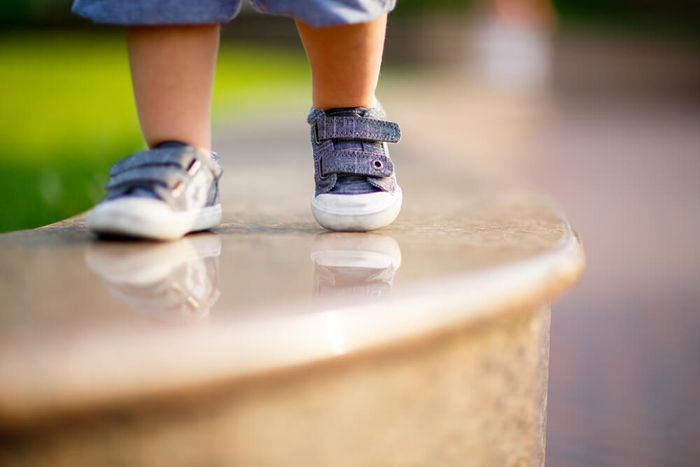
Flat foot condition is the very low or absence of arches on the instep of the feet. Normal feet should show the middle inner part of the soles slightly raised when standing. The condition is also referred to as ‘fallen arches.’ This deformity is more common amongst children. People with flatfoot rarely experience pain or discomfort. But the condition hugely affects posture, balance and agility.
Aside from the absence of arches, the flatfoot deformity is also manifested with outward turning heel bones and with the legs and knees turning inwards. The most immediate effect of flatfoot condition is the uneven distribution of body weight to the feet – the inner part bearing the brunt. The condition could also develop into more serious problems or disabilities into adulthood.
Paediatric Flat Foot
We were all born with flat feet. Babies’ feet are usually chubby, soft and fleshy. Baby fat hides the natural arch of the feet. As they grow older, becomes more active and their bones become stronger, children eventually lose the fat and develop the arches. Arches start to get noticeable around the sixth and seventh year of life and are not fully developed until early or mid-teens.
The Flexible Flat Foot
The flexible flat foot condition is characterised by the absence of the arch while standing. But in this case, the arch appears when the feet is off the ground or when standing on tip-toes. The flexible flat foot condition is very common for toddlers who are starting to develop their arches.
The Rigid Flat Foot
This is a more severe type of flat foot condition. The feet appear to be flat – standing, off the ground, or when standing on tip-toes. Children with rigid flat foot need medical intervention and treatments. They are also likely to suffer from pain in the hips, lower back pain, knee and legs as a result of the deformity.
Causes
About 20% of children do not develop arches and remain flat footed. Flat foot condition can also be inherited. Boys are more likely to be afflicted with the deformity. Obesity is the top common factor kids are flat footed. Idleness or lack of strenuous physical activities and improper footwear also contributes to flat-footedness.
Care and Support
The flat foot condition does not necessarily need medical intervention or treatments. Patients rarely experience discomfort or pain. However, young kids need the proper footwear to help them develop their foot arches. Children still have soft and developing bones and muscles. Specifically designed children’s shoes feature arch inserts or pads vital to preventing the arch from ‘falling’ or ‘collapsing.’
You need to see the doctor in cases where;
- Only one foot shows as flat foot
- Balance is significantly affected
- If your child experiences leg or feet muscle tightness or weakness
- If your child is experiencing any kind of pain or discomfort in the heel, ankle or sole
In addition to specially designed supportive footwear, stretching exercises are usually prescribed for patients who are experiencing mild pain or discomfort due to flat feet. For moderate to severe conditions, casting and physical therapy treatments are required. Very occasionally, a surgical procedure is required to correct the condition. Surgical treatments are usually prescribed for older kids or those in their teens who are suffering persistent pain.
Your first line of defence against flat footedness are supportive orthotic shoes. First Walkers offers a wide collection of specially designed orthopaedic shoes that feature soft insoles, ankle and heel supports and instep pads for kids from 6 months to early teens. Click here to check out our top-of-the-line special needs shoes and go through this very easy test with your kid to check his/her arches.
Related Articles
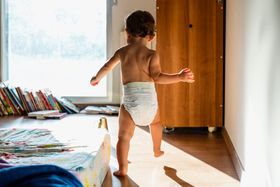
First Walkers
Sporty Kids Activities for Toddlers
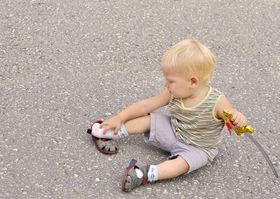
Jasrah Javed
